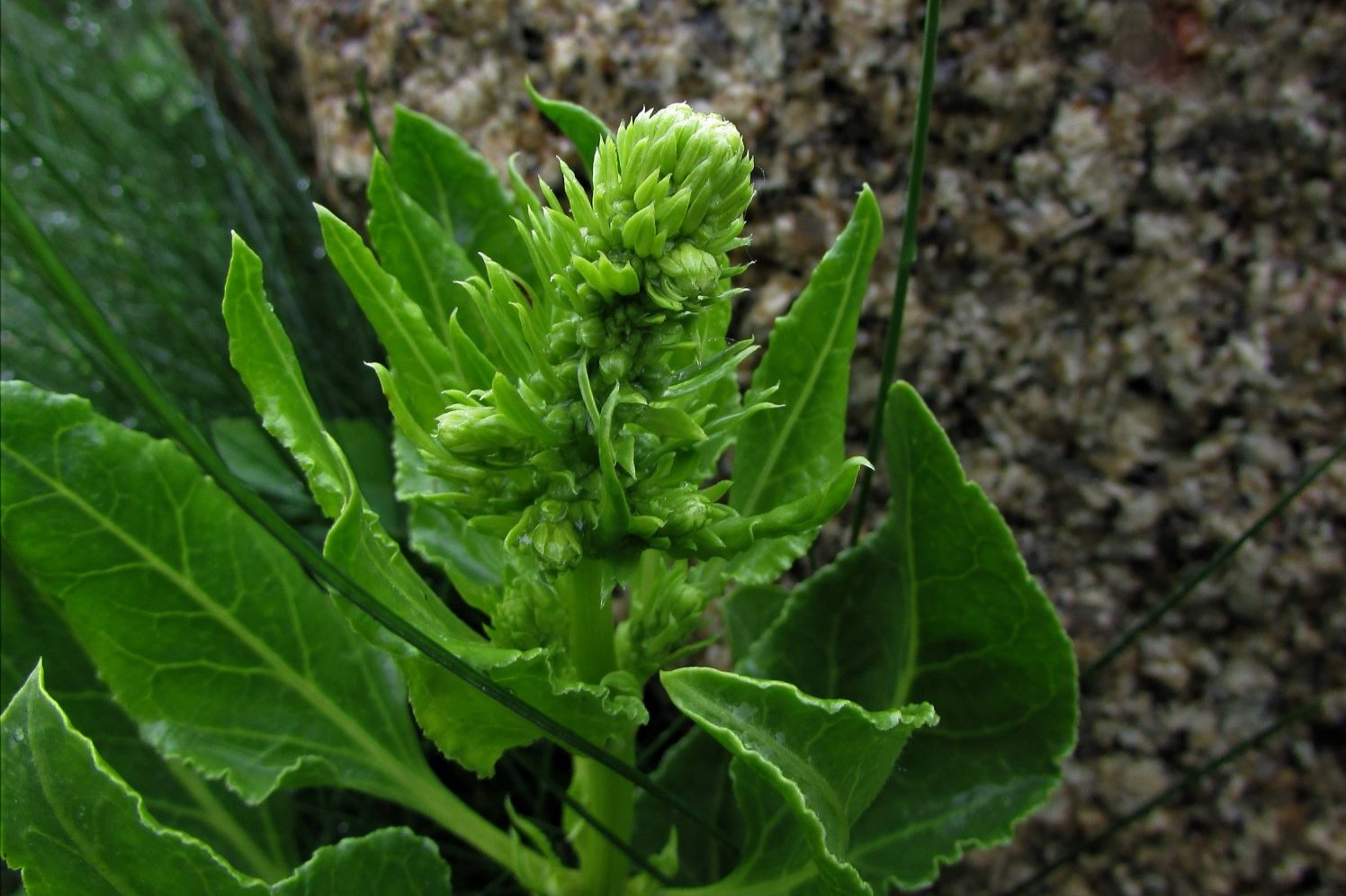
Sea beet might sound like a mythical creature, but it's a real plant with a fascinating history. This wild ancestor of common vegetables like beets, chard, and spinach has been around for centuries. Found along coastlines, it thrives in salty environments where most plants can't survive. Sea beet isn't just a survivor; it's a nutritional powerhouse packed with vitamins and minerals. Ancient civilizations used it for both food and medicine. Today, it's gaining popularity among foragers and chefs for its unique flavor and health benefits. Curious about this resilient plant? Let's dive into 15 intriguing facts about sea beet!
Key Takeaways:
- Sea beet, a coastal plant, has been used for centuries for its edible leaves and medicinal properties. It's rich in antioxidants, fiber, and vitamin C, making it a nutritious and versatile ingredient in both culinary and traditional recipes.
- Sea beet plays a vital role in its ecosystem, stabilizing coastal soils, providing habitat for wildlife, and attracting pollinators. Its salty, earthy flavor makes it a unique and flavorful addition to various dishes.
What is Sea Beet?
Sea beet, also known as Beta vulgaris subsp. maritima, is a wild ancestor of common beets like sugar beet and chard. Found along coastlines, it thrives in salty environments. Let's dive into some fascinating facts about this resilient plant.
-
Ancient Origins: Sea beet has been around for thousands of years. Ancient civilizations like the Greeks and Romans used it for both culinary and medicinal purposes.
-
Salt Tolerance: This plant can grow in salty soils where many other plants would struggle. Its ability to thrive in such conditions makes it unique.
-
Edible Leaves: The leaves of sea beet are edible and can be used in salads or cooked like spinach. They are rich in vitamins and minerals.
Nutritional Benefits of Sea Beet
Sea beet isn't just a hardy plant; it also packs a nutritional punch. Here are some benefits you might not know about.
-
Rich in Antioxidants: Sea beet leaves contain antioxidants that help protect your cells from damage caused by free radicals.
-
High in Fiber: Eating sea beet can help improve digestion due to its high fiber content.
-
Vitamin C Source: This plant is a good source of vitamin C, which is essential for a healthy immune system.
Environmental Impact of Sea Beet
Sea beet plays a crucial role in its ecosystem. Its presence benefits both the environment and other species.
-
Soil Stabilization: The roots of sea beet help stabilize coastal soils, preventing erosion.
-
Habitat for Wildlife: It provides habitat and food for various insects and animals, contributing to biodiversity.
-
Pollinator Friendly: Sea beet flowers attract pollinators like bees, which are essential for many plants' reproduction.
Culinary Uses of Sea Beet
Sea beet isn't just good for the environment; it's also a versatile ingredient in the kitchen.
-
Flavorful Addition: The leaves have a slightly salty, earthy flavor that can enhance many dishes.
-
Versatile Ingredient: You can use sea beet in soups, stews, and even as a pizza topping.
-
Traditional Recipes: In some cultures, sea beet is used in traditional recipes, adding a unique flavor and nutritional boost.
Medicinal Uses of Sea Beet
Historically, sea beet has been used for its medicinal properties. Let's explore some of these traditional uses.
Final Thoughts on Sea Beet
Sea beet, often overlooked, packs a punch with its nutritional benefits and historical significance. This wild ancestor of common beets and chard thrives in coastal areas, showcasing resilience and adaptability. Its high vitamin content and antioxidant properties make it a valuable addition to diets, promoting overall health.
Ancient civilizations recognized its worth, using it for both culinary and medicinal purposes. Today, chefs and food enthusiasts are rediscovering sea beet, incorporating it into innovative dishes. Its unique flavor, combining earthy and salty notes, adds depth to various recipes.
Understanding sea beet's role in history and nutrition highlights its importance. Whether you're a history buff, a health-conscious eater, or a culinary adventurer, sea beet offers something intriguing. Embrace this versatile plant and explore its potential in your kitchen. Happy cooking!
Frequently Asked Questions
Was this page helpful?
Our commitment to delivering trustworthy and engaging content is at the heart of what we do. Each fact on our site is contributed by real users like you, bringing a wealth of diverse insights and information. To ensure the highest standards of accuracy and reliability, our dedicated editors meticulously review each submission. This process guarantees that the facts we share are not only fascinating but also credible. Trust in our commitment to quality and authenticity as you explore and learn with us.


